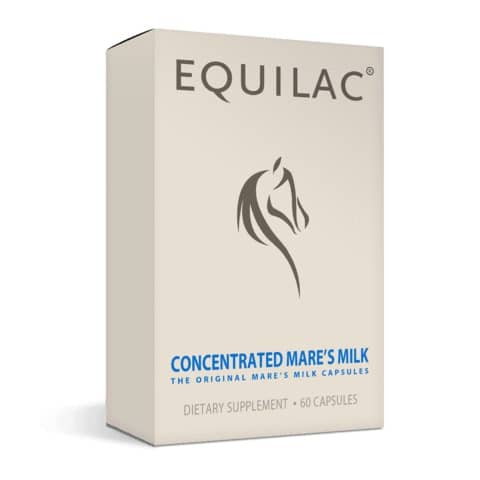Fermented horse milk, known as kumis or airag in Mongolia, is a traditional dairy beverage made from horse milk. It is a mildly alcoholic drink popular in Central Asia, particularly in Mongolia, Kazakhstan, and Kyrgyzstan. Making kumis involves fermenting raw, unpasteurized horse milk using specific lactic acid bacteria and yeast.
The origins of kumis trace back to nomadic cultures in Central Asia. These communities primarily relied on their livestock for sustenance and found that fermenting horse milk extended its shelf life. Over time, kumis became integral to various Central Asian diets and ceremonies. In Mongolia, it is also known as airag and is traditionally consumed during social gatherings and special occasions.
One of the unique characteristics of kumis is its alcohol content. While the alcohol level is relatively low, ranging from 0.5% to 2.5%, it’s enough to preserve the milk and give it a distinct flavor. Fermentation also produces beneficial nutrients, including probiotics, which can aid digestion and boost the immune system.
Regarding nutritional value, kumis is rich in vitamins and minerals, particularly B vitamins and calcium. The drink is also lactose-free, which makes it more digestible for people who are lactose intolerant. Many claim that kumis has health benefits, such as aiding digestion and boosting energy levels, although scientific studies are limited in this area.
Today, kumis is gaining international recognition and are even being produced in countries outside Central Asia. With its unique taste and potential health benefits, kumis is more than just a cultural relic; it’s a fascinating example of how traditional food and drink can adapt and thrive in the modern world. Whether consumed for its taste, nutritional value, or cultural significance, kumis remains a beloved beverage for many people around the globe.

